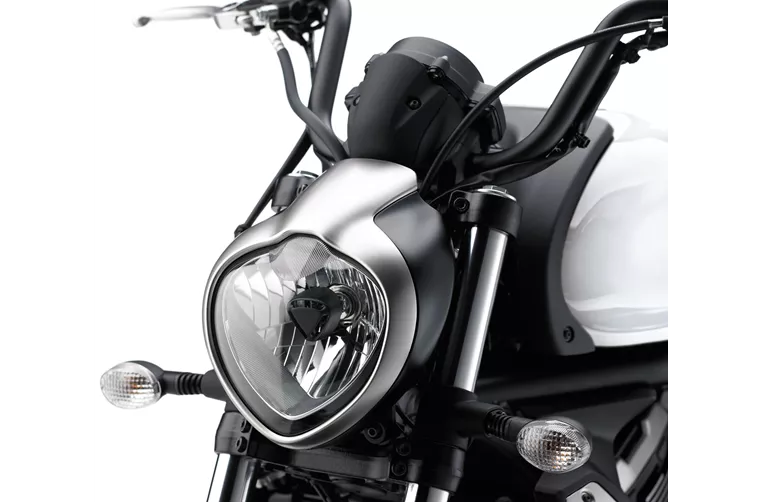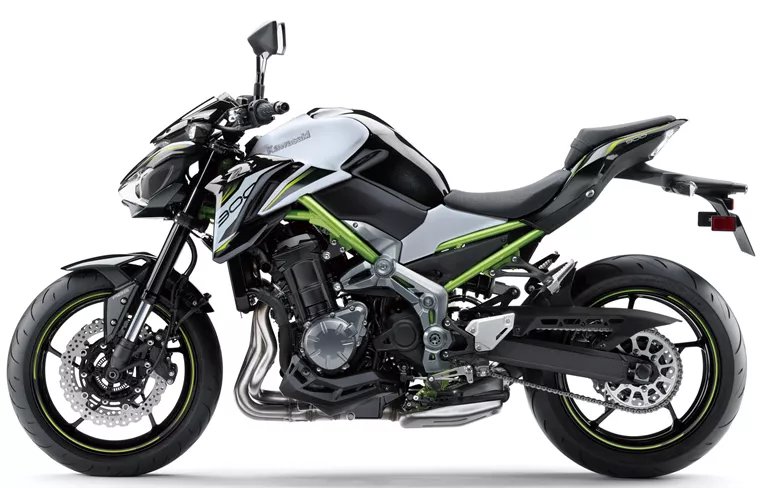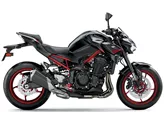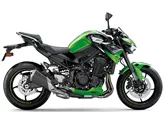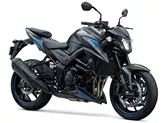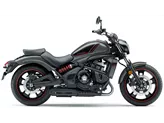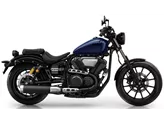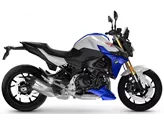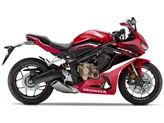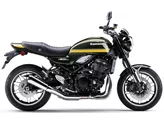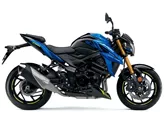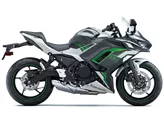Kawasaki Vulcan S 2015 vs. Kawasaki Z900 2019
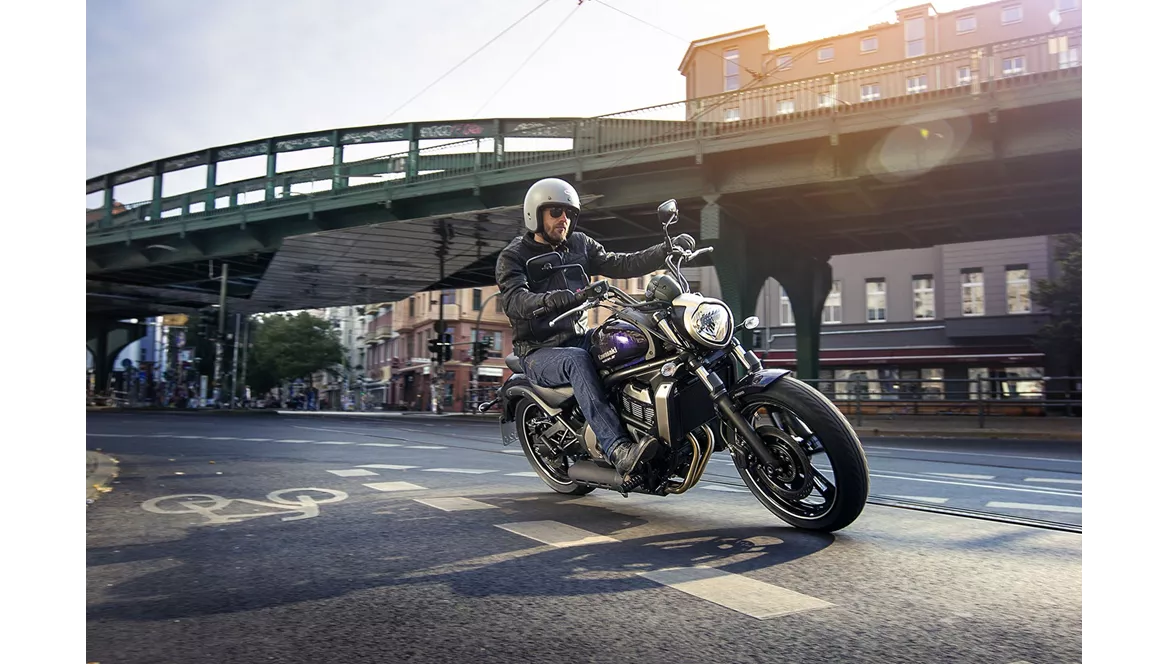
Kawasaki Vulcan S 2015

Kawasaki Z900 2019
Overview - Kawasaki Vulcan S 2015 vs Kawasaki Z900 2019
The Kawasaki Vulcan S 2015 and the Kawasaki Z900 2019 are two different models with distinct features and specifications. The Vulcan S 2015 is a chopper/cruiser bike, while the Z900 2019 is a naked bike.
Starting with the engine and drive train, both models have in-line engines, but the Vulcan S 2015 has a larger bore of 83 mm compared to the Z900 2019's 73.4 mm. The Vulcan S 2015 also has a longer stroke of 60 mm compared to the Z900 2019's 56 mm. In terms of power, the Z900 2019 outperforms the Vulcan S 2015 with 125.4 HP compared to the Vulcan S 2015's 61 HP. The Z900 2019 also has higher torque at 98.6 Nm compared to the Vulcan S 2015's 63 Nm. Both models have chain transmissions and liquid cooling systems. However, the Vulcan S 2015 has 2 cylinders and a displacement of 649 ccm, while the Z900 2019 has 4 cylinders and a displacement of 948 ccm.
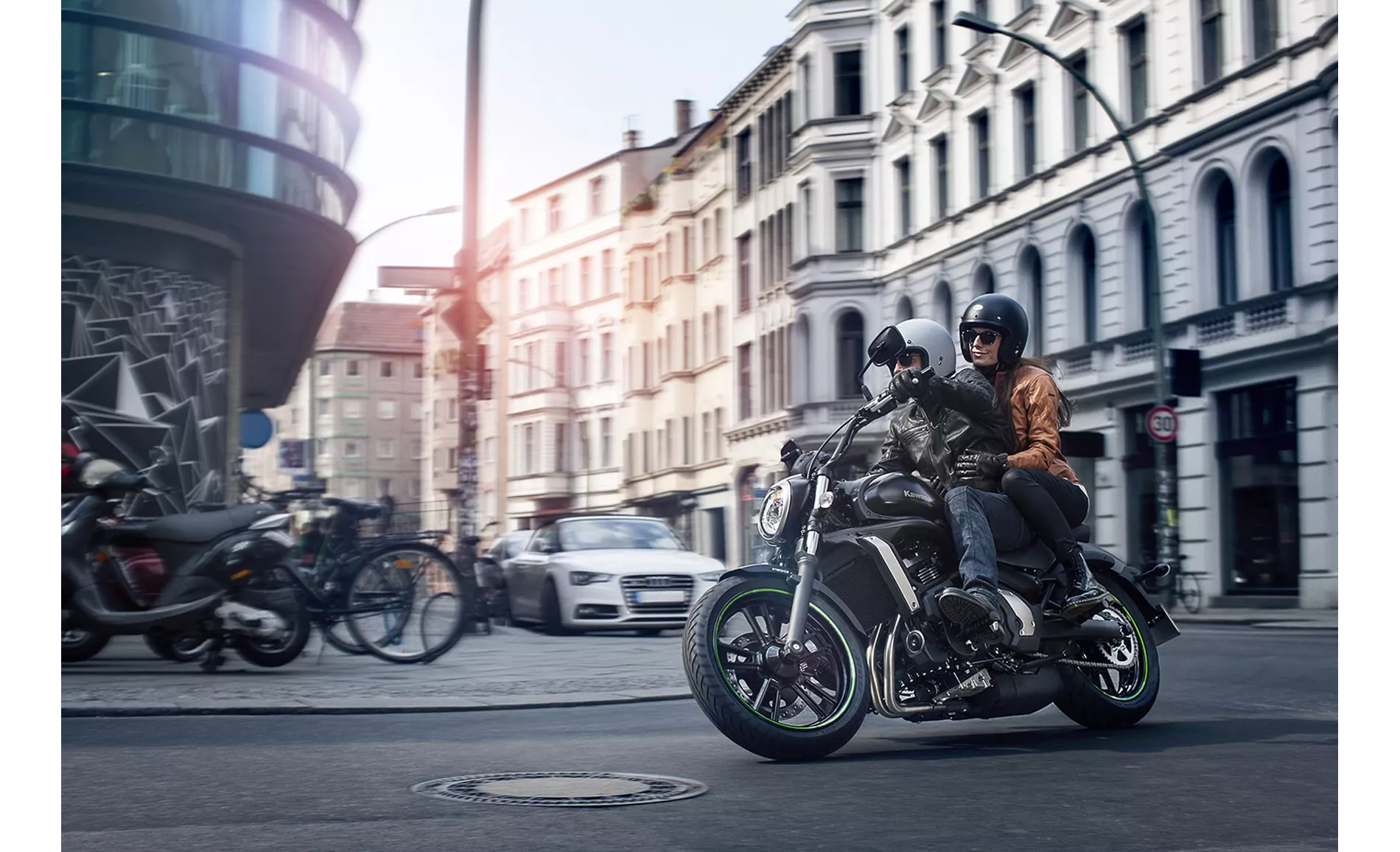
Kawasaki Vulcan S 2015
Moving on to the chassis, both models have steel frames. The Vulcan S 2015 has a perimeter frame type, while the Z900 2019 has a double cradle frame type. In terms of brakes, the Z900 2019 has double disk brakes with four pistons, while the Vulcan S 2015 has a single disk brake with double pistons at the front.
In terms of dimensions and weights, both models have a front tire width of 120 mm and a front tire diameter of 17 inches. However, the Vulcan S 2015 has a wider rear tire width of 160 mm compared to the Z900 2019's 180 mm. The Vulcan S 2015 has a larger front tire diameter of 18 inches compared to the Z900 2019's 17 inches. The Vulcan S 2015 also has a longer wheelbase of 1575 mm compared to the Z900 2019's 1450 mm. The seat height of the Vulcan S 2015 is 705 mm, while the Z900 2019 has a higher seat height of 795 mm. The Vulcan S 2015 has a higher kerb weight of 228 kg compared to the Z900 2019's 210 kg.
Now, let's discuss the strengths and weaknesses of each model. The Vulcan S 2015 has a rev-happy engine that performs well in the lower rev range. It also has a decent brake with ABS and a unique, idiosyncratic look. The narrow rear tire of the Vulcan S 2015 makes it more manoeuvrable, and it also features the Ergo-Fit system for optimum adaptation to the rider. Additionally, the Vulcan S 2015 offers a sufficiently comfortable chassis. However, it has some weaknesses, including the fact that the Ergo-Fit system costs extra, moderate wind protection, and the gear indicator is only available as an option.

Kawasaki Z900 2019
On the other hand, the Z900 2019 has a light and natural handling with high stability. Its engine provides a silky smooth performance with full pull from mid revs. The Z900 2019 also offers high chassis transparency and great feedback. The sitting position of the Z900 2019 provides a feel-good factor, and it is priced fairly. However, it has a few weaknesses, such as a TFT display mounted too low, cumbersome menu operation, and rear view mirrors that offer modest visibility.
In conclusion, the Kawasaki Vulcan S 2015 and the Kawasaki Z900 2019 are two distinct models with different strengths and weaknesses. The Vulcan S 2015 is a chopper/cruiser bike with a rev-happy engine and unique look, while the Z900 2019 is a naked bike with light handling and a smooth engine. Both models have their own advantages and disadvantages, and the choice between them ultimately depends on the rider's preferences and priorities.
Technical Specifications Kawasaki Vulcan S 2015 compared to Kawasaki Z900 2019
Pros and Cons in comparison
Pros and Cons in comparison
Kawasaki Vulcan S 2015
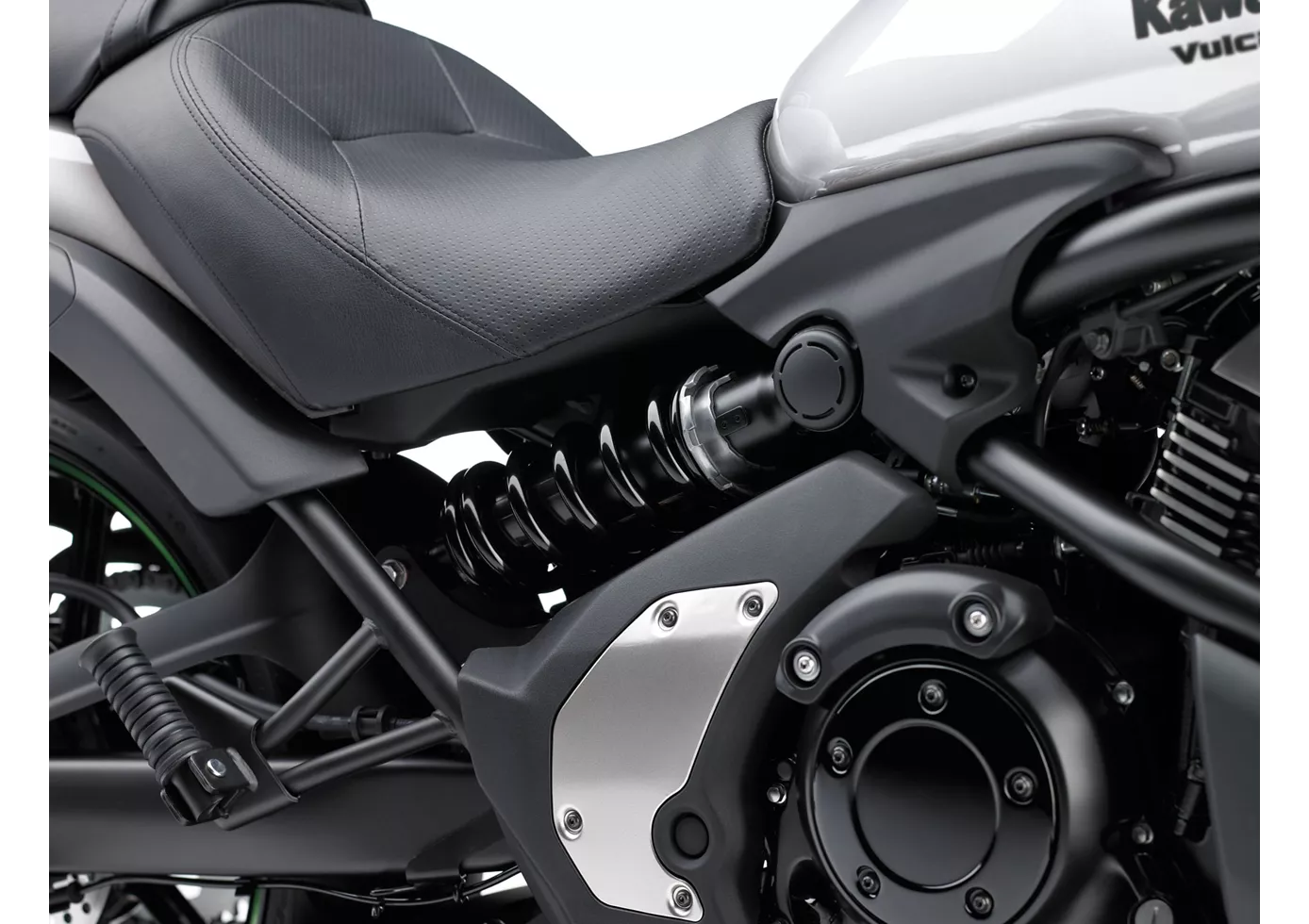
The Vulcan S is reinvigorating the "small" mid-size cruiser scene - not only because of its unique design, but also because it is so easy to ride and is aimed at beginners. The low seat height and the narrow saddle help the rider to stand securely on the ground, while the low centre of gravity also makes for easy and safe handling. The engine also fits in well with the uncomplicated appearance, can be revved up decently from 2000 rpm and only stops at around 10,000 rpm - something that has never been seen before in a cruiser. The "Ergo-Fit" system, which varies the seat height, the rider's distance from the handlebars and the footrests, costs extra but also allows the Vulcan S owner generous customisation options.
Kawasaki Z900 2019
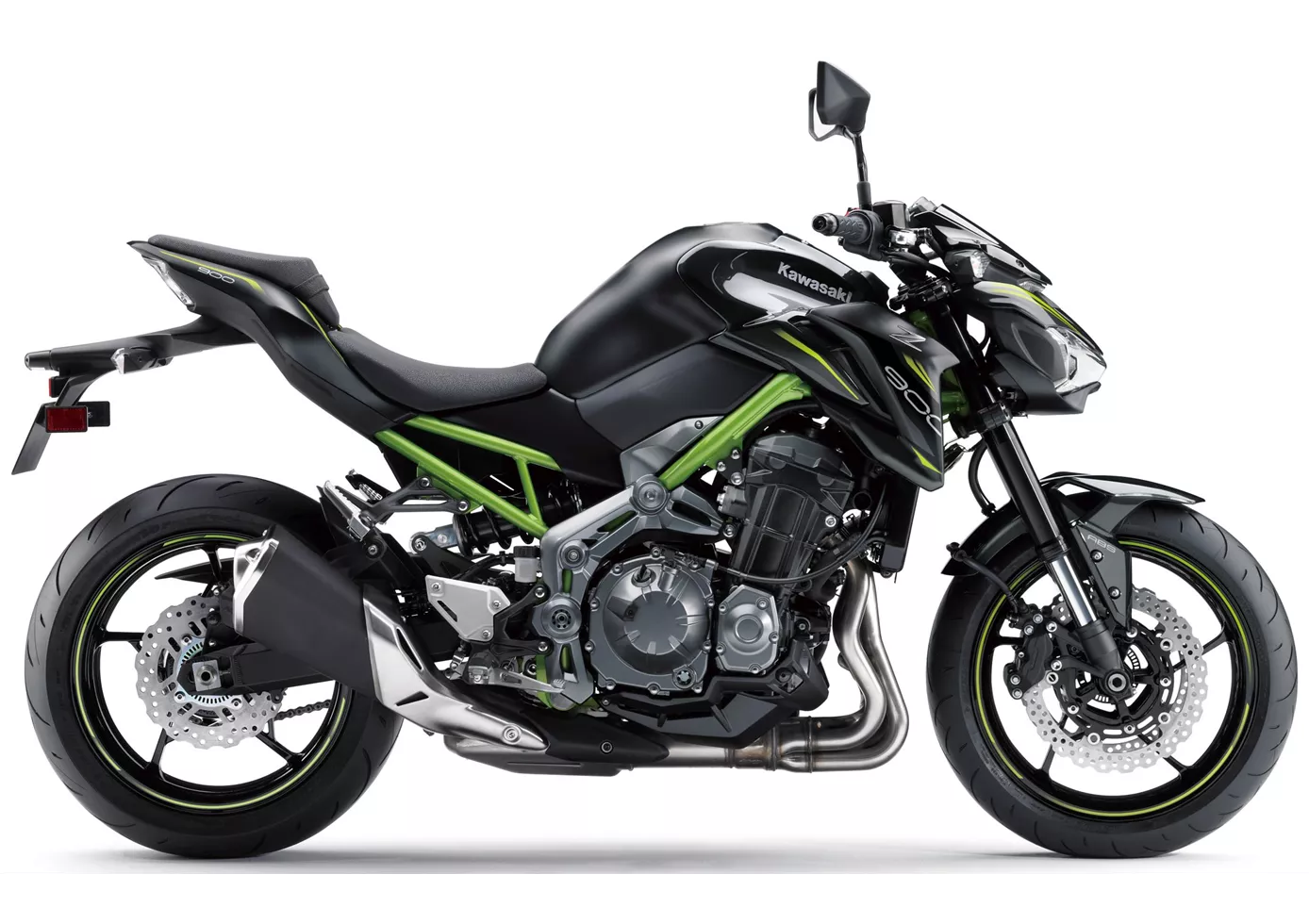
Fortunately, the new Kawasaki Z900 has lost none of its character through the use of electronics. It is and remains a playful mid-range naked bike, which at the same time masters the brisk pace on the country road magnificently. The riding pleasure and suitability for everyday use are high, the now installed riding aids offer a plus in safety. Your opponents will have a really hard time from now on.
Price Comparison Avarage Market Price Kawasaki Vulcan S vs Kawasaki Z900
There are a few key differences between a Kawasaki Vulcan S 2015 and a Kawasaki Z900 2019. In terms of price, the actual average price of a Kawasaki Z900 2019 is about 41% higher. A Kawasaki Vulcan S 2015 experiences a loss of 380 USD in one year of ownership. This is offset by a loss of 230 USD for a Kawasaki Z900 2019. Compared to Kawasaki Z900 2019 there are less Kawasaki Vulcan S 2015 bikes available on the 1000PS.de Marketplace, specifically 8 compared to 40. It takes less time to sell a Kawasaki Vulcan S with 75 days compared to 116 days for a Kawasaki Z900. Since model year 2015 1000PS.de editors have written 13 reviews for the Kawasaki Vulcan S and 46 reviews for the Kawasaki Z900 since model year 2017. The first review for the Kawasaki Vulcan S was published on 10/16/2014 and now has more than 14,800 views. This compares to more than 93,200 views for the first review on Kawasaki Z900 published on 11/11/2016.
